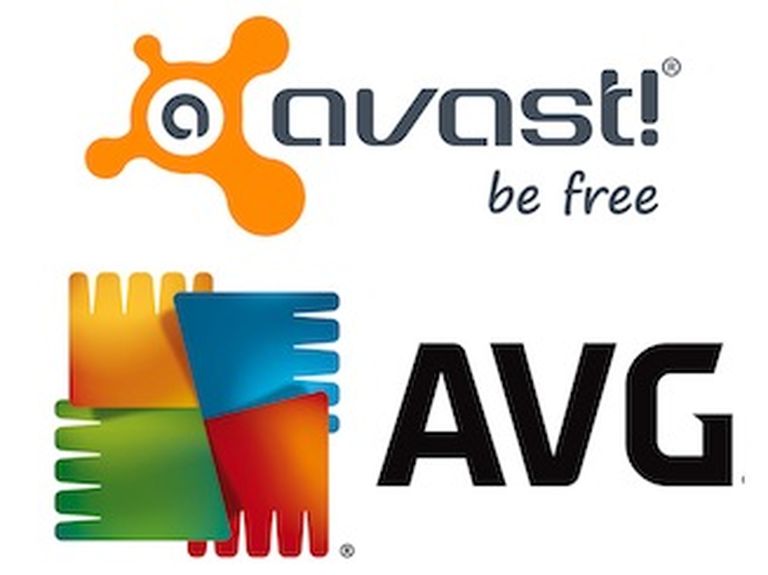Amid Avast Software's $1.3 billion buyout of AVG Technologies, Avast CEO Vince Steckler has a clear message for AVG's partner ecosystem: The company is committed to the SMB security market -- along with the Managed Workplace remote monitoring and management (RMM) platform for MSPs.
During an interview with ChannelE2E today, Steckler described why and how Avast acquired AVG. He also confirmed that the combined companies will focus on far more than the consumer market. Mobile and SMB, he says, will be major growth areas. And RMM software has been on Avast's radar for quite some time, he adds.
Rivals, Neighbors Since the Start
Both Avast and AVG have roots that stretch back to the former Czechoslovakia, where both companies launched in the 1980's. By the early 2000's but companies extended their businesses with Internet-centric models. Freemium strategies were all the rage. AVG emerged as a strong security player in English-speaking regions. Avast grew quickly in non-English markets.

"These two companies have known each other since they were each founded," says Steckler. "We've been friends and competitors since the late 1980s. The founders knew each other. There were talks about putting the companies together in 1998 and certainly more recently."
Indeed, M&A chatter between the two companies has occurred around four times or so in the past three to four years, he says. But pride and differing priorities got in the way. "It always made sense to put the two companies together," he says. "But there was always a little too much arrogance on both sides of the table to make it happen."
At times, AVG was the potential buyer. At others, Avast was the potential buyer. This time around, Avast is growing more quickly than AVG and essentially has a higher valuation. Hence, AVG is the buyer. "It all jelled about eight weeks ago," says Steckler. "We submitted a price and they said yes." The due diligence went well, and the deal was announced in early July.
Data, Machine Learning Now Rule the Security World
No doubt, the anti-virus industry is consolidating, Steckler concedes. The key way to differentiate involves sensor networks and data gathering, he adds. Put aside Microsoft, and you'll discover that Avast and AVG have the two largest independent security footprints in the world, he says. Together, Avast and AVG will have a sensor footprint that stretches across 430 million devices. Those sensors and associated honeypots forward information to Avast's machine learning servers.
Admittedly, much of the sensor network involves consumer devices. But Steckler certainly isn't apologizing for Avast's massive consumer footprint. Consumer machines, he asserts, are far more ideal than business machines for data gathering. The reason? Consumers don't have layers and layers of enterprise-class security, so the Avast sensors get a real-time feel for the evolving threat landscape.
Consumer, Mobile and Small Business Priorities
When Avast and AVG combine, the businesses will generate roughly 70 percent of their revenues from consumers, and about 30 percent from mobile and small business. Over time, Steckler wants to generate more of a 50-50 balance.
Avast's core consumer business grew about 19 percent in the first half of 2016 and "throws off a lot of cash," which will help to fund the SMB efforts, he says. And yes, Avast sees Managed Workplace -- an RMM platform that AVG acquired in 2013 -- as key to the SMB strategy. "RMM has been on our acquisition list," he asserts.

We didn't discuss specific product roadmaps and channel strategies, mainly because the M&A deal is still subject to regulatory approval in several countries. Avast doesn't expect to experience any major hurdles on the path to approval, he says.
Avast Buys AVG: Next Moves
Key Avast and AVG team members are scheduled to have "kick off" meetings next week to discuss company integration plans. The discussions will be high-level and no intellectual property will be shared until the deal receives regulatory approval and is finalized.
Overall, AVG is about 30 percent to 40 percent larger in terms of staff, but Avast has stronger profits and a faster growth rate. Integrating the two companies "will keep us busy for awhile" but Steckler wouldn't rule out longer-term M&A deals that further bolster the company -- particularly in the mobile and SMB sectors.
His top three priorities for the near-term? "Don't screw up the existing businesses," he says. "That's the number one priority, the number two priority and the number three priority."
Still Serious About Managed Services Providers?
For my first-time discussion with Steckler, I was impressed to hear that RMM and managed services had been on his radar. I originally figured Managed Workplace -- which AVG acquired from Level Platforms in 2013 -- might be spun off or sold off so that Avast and AVG could simply focus on their security efforts. But Steckler sounded sincere about his RMM interests.
Still, Managed Workplace is mainly a niche player in the overall RMM market. While AVG worked to figure out managed services the past couple of years, most of the major RMM players embarked on their own M&A strategies -- resulting in a suite of offerings from key players like Autotask, ConnectWise, Continuum, Kaseya, SolarWinds MSP and more. Keeping pace with those players won't be easy. We'll be sure to check in with Steckler and the Avast team for future updates.




